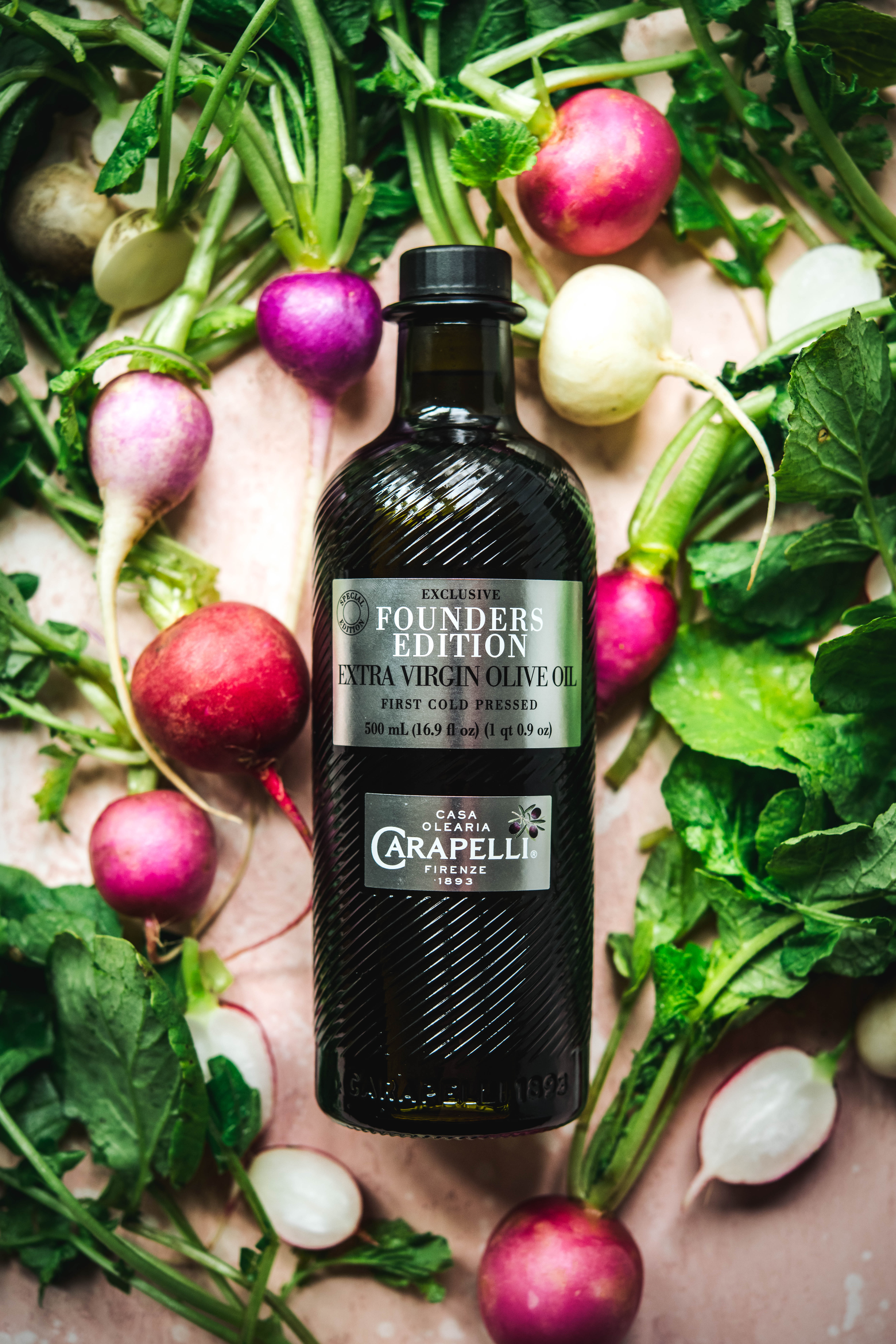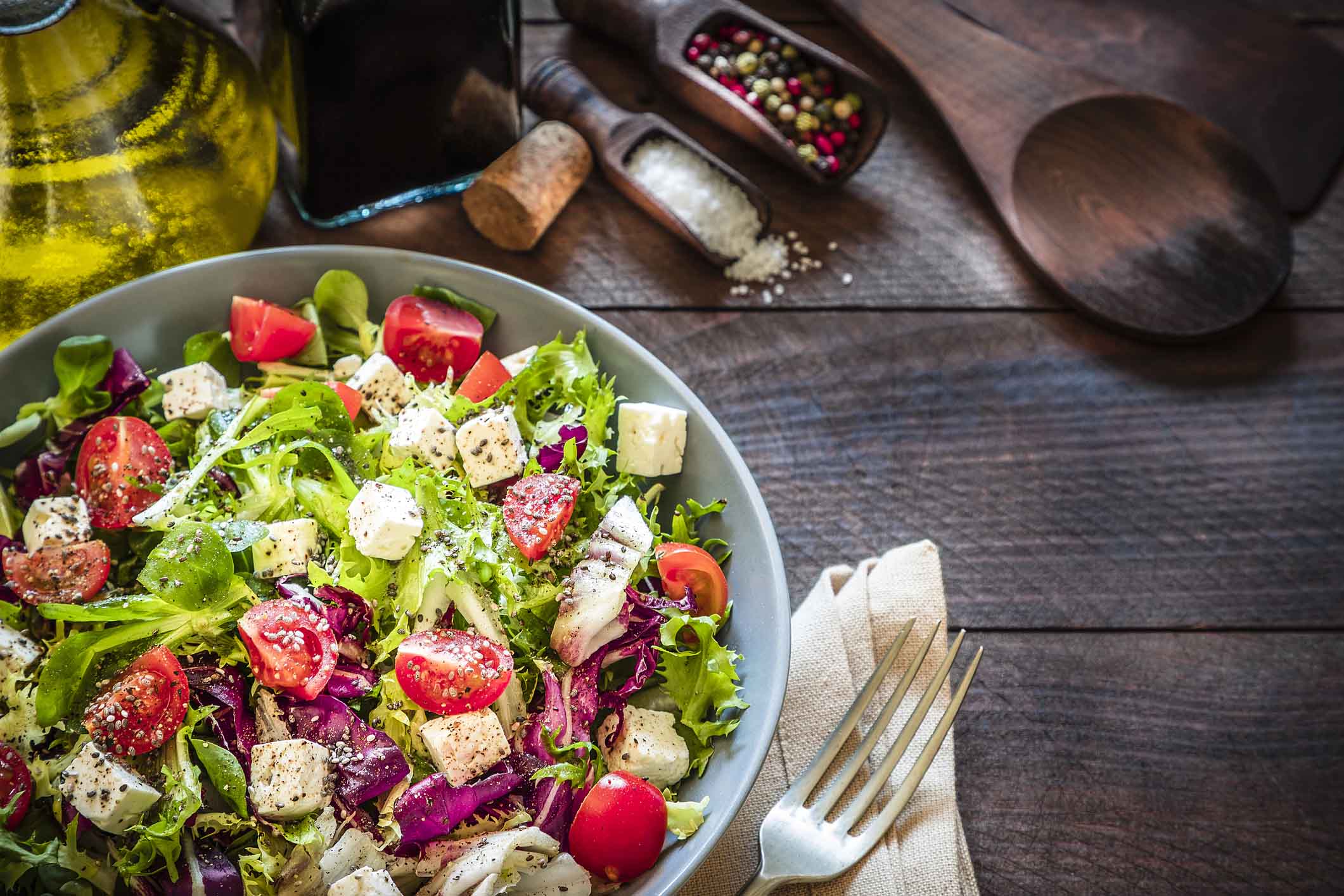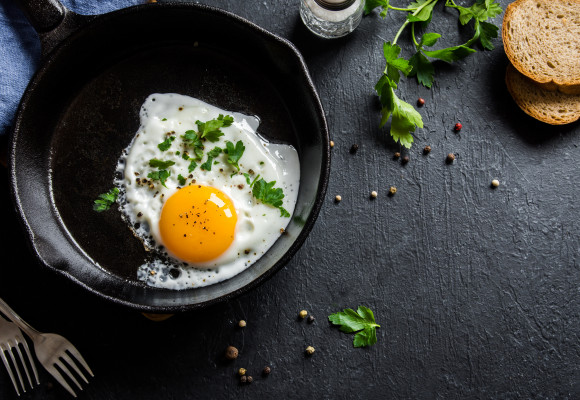We have already discussed the use of olive oil for frying. So I’m sure you will agree with me that extra virgin olive oil is the best oil you can use for frying thanks to its high stability at high temperatures. You may assume that frying in a pan is not the same as using a fryer and you may be wondering if you can use olive oil for deep-frying. The answer is yes.
CAN YOU FRY WITH OLIVE OIL?
We have already discussed the use of olive oil for frying. So I’m sure you will agree with me that extra virgin olive oil is the best oil you can use for frying thanks to its high stability at high temperatures. You may assume that frying in a pan is not the same as using a fryer and you may be wondering if you can use olive oil for deep-frying. The answer is yes.
BENEFITS OF USING OLIVE OIL FOR DEEP-FRYING
As you are aware, monounsaturated fatty acids help reduce LDL cholesterol. Remember too that we are talking about one of the most stable oils, since its smoke point is later than that of other oils. It therefore supports several uses, and, as I mentioned at the start, withstands high temperatures.
The belief that frying is fattening is based on the fact that fried foods absorb more oil than the daily recommendation. One of the basic qualities of frying with extra virgin olive oil, however, is that it doesn’t just permeate the food. Its density means the inside can be cooked through, while giving the outside a crunchy texture without saturating the food.
To achieve the best results when using olive oil for deep-frying, remember not to let the oil heat to a temperature higher than 180ºC (356ºF). If it passes this point and starts smoking, it means it has burned and consuming it is not advisable.

WHEN TO CHANGE THE OIL
One of the essentials for frying with a fryer is knowing when to change the oil so that you continue to eat healthily, using the best quality oil. I would therefore like you to keep in mind the following to determine whether you can reuse the olive oil that’s in the fryer.
• When the oil takes a long time to heat up but then cools quickly, this is a sign that the olive oil has lost some of its properties and, furthermore, that it is degrading. This moment should be avoided, but if it happens, don’t hesitate to change the oil.
• When the olive oil in the fryer is heated, small bubbles will appear in the oil. If you notice that these bubbles are bigger than usual, this also means you have to change it.
• Another indication that the oil is spoiled is when it starts to get a reddish hue that it didn’t have previously, and its consistency is more dense than usual.
Also remember that the oil has to be filtered every time it is used in order to eliminate potential impurities or food debris, thus ensuring the taste and quality of your dishes.

If you have a fryer, use a Carapelli extra virgin olive oil. Fried food can also be gourmet food, and I can assure you that with our olive oils you will be able to prove it. People who have tried my fried foods always want to know the secret: it’s not the ingredients of my croquettes, or the vegetables I use for tempura, it’s the quality of my oil.
SOURCE:Heart.org



